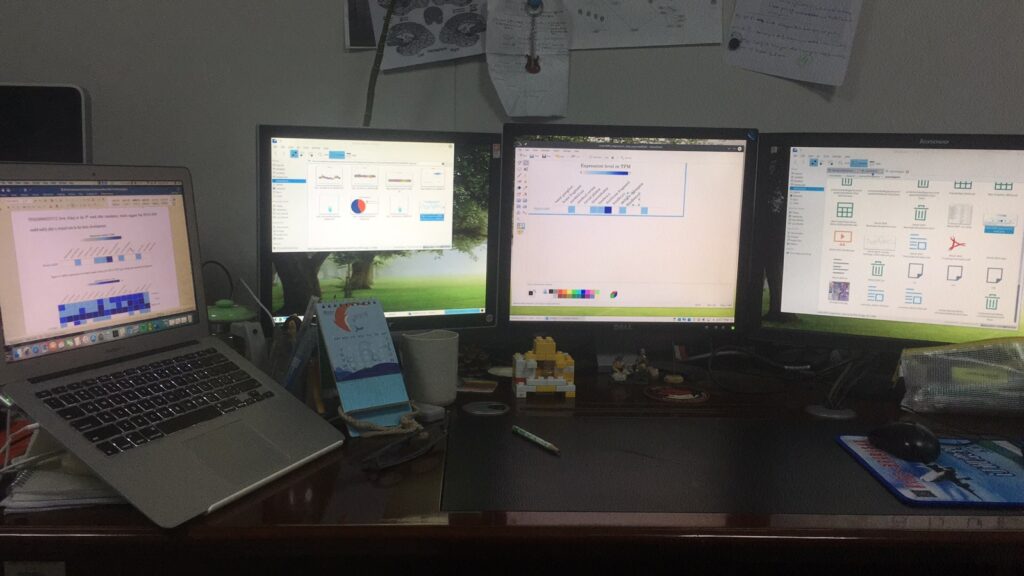Nowadays, more than ever, there is an urgent need to use computational and mathematical tools to expand our knowledge in the biological field and especially in virology. Skills in statistics, computer science, genetics, and virology offer an optimal scenario for the use of investigative techniques such as machine and deep learning. Due to this reason, the evolutionary process of SARS-CoV-2 from different countries with similar geographical conditions was investigated with appropriate computational techniques, research that identified the codon under selective pressure and predicted the three-dimensional structure of the associated protein, noting its functional importance. The statistical and computational approaches to analyze the CpG dinucleotides odds ratio allowed us to make a step forward in identifying the Andes (46% of mortality with studies allowed only in Level 4 laboratories) Hantavirus as a unique cluster inside the Orthohantavirus family. This discovery lays the foundations for a hypothesis of its anthroponotic nature. Similarly, the case of the Sabia virus (also associated with the Level 4 laboratories for danger and mortality), by an appropriate computational study could reveal similarities in the composition of the capsid of the Lassa virus, providing concrete pharmacological solutions. And many questions remain open, such as computational models that support the identification of natural hosts for the Andes Hantavirus, for the Sabia virus, and for other RNA viruses of which there is no certainty about the natural reservoir. Future research projects will involve the use of the metric proposed by Lytrasand Hunges (SDU) as a future for the Unsupervised clustering to confirm or reject the results obtained. Also, the calculation of the δ*-differences (described by Karlin) could help to identify pathogenic islands in the Andes hantavirus genome. Furthermore, I shall predict possible reservoirs using the dinucleotide study to estimate the “compatibility Host / Virus” in our case N.Spinosus/H.Andes and A.Longipilis/H.Andes. In conclusion, science is a fantastic journey around the unknown, and the more tools our ship has, the better it will be.

